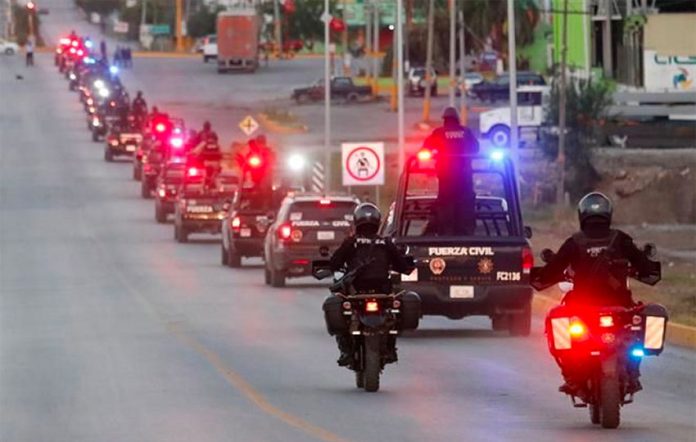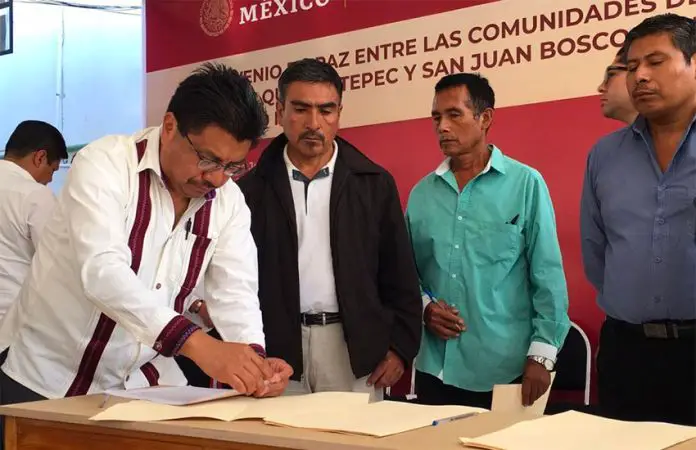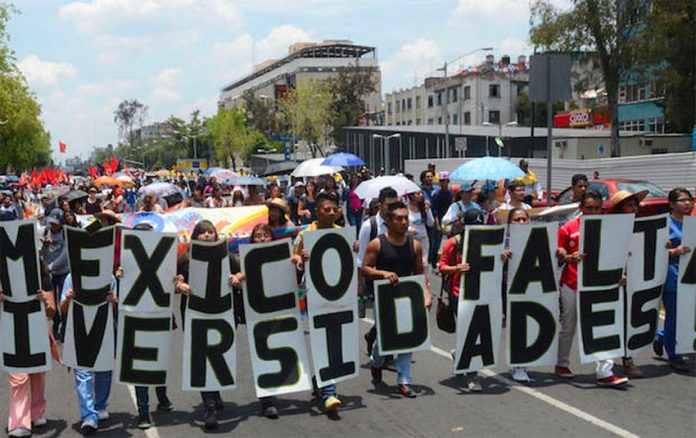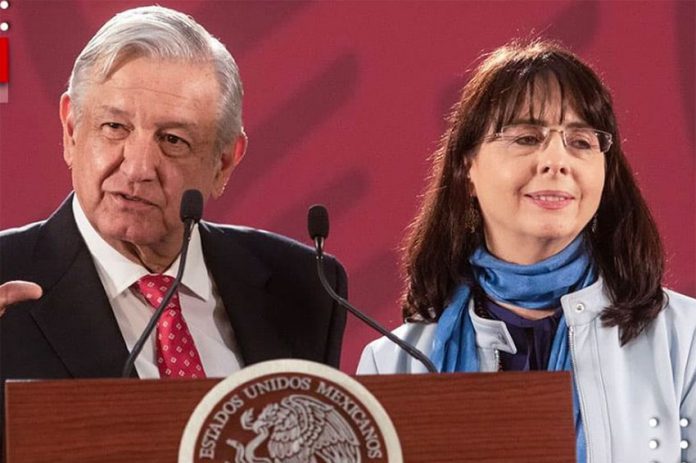The Nuevo León government has temporarily taken over policing duties in two municipalities plagued by violent crime.
Decrees published yesterday announced that state police would immediately assume control of Cadereyta Jiménez and Juárez for a period of 30 days, although the takeover could be extended if conditions don’t improve.
The government said that the mayors of the bordering municipalities, located on the eastern outskirts of the state capital Monterrey, requested the intervention.
There were 30 homicides in Cadereyta in the first six months of the year, an 87.5% increase over the 16 murders in the same period last year.
It was even worse in Juárez. Homicide figures surged 377% in the first half of 2019, when there were 62 homicides compared to 13 in the same period of 2018.
Residents of both municipalities welcomed news of the state police takeover.
“It will do us good,” Armando de Léon, a member of the Cadereyta Citizens’ Council, told the newspaper El Norte.
“. . . The authorities we have here cannot combat crime, they simply don’t have enough units . . .”
Salomé Álvarez said state police should have a permanent presence in Cadereyta due to the high levels of crime.
“There is insecurity every day, bank robberies and gun violence towards people in their businesses,” she said. “It’s not a simple war between organized crime groups, citizens are being assaulted.”
Cadereyta Mayor Ernesto Quintanilla said in an interview that the municipality is short 80 police officers but added that a recruitment drive is underway.
Rubén Cantú, a hardware store owner in Juárez, agreed that support from state police is needed.
“. . . we have to go out to work, [but] you always walk with fear,” he said.
Restaurateur Alonso Cuevas said Juárez municipal police were not doing their job well and hadn’t developed a close relationship with citizens.
He expressed confidence that the security situation “can be corrected” with the arrival of state police.
Meanwhile, security authorities from Nuevo León, Tamaulipas and Coahuila are meeting today to discuss security issues in the northeast of the country.
The three states signed an agreement late last month to cooperate on security matters and according to Coahuila Interior Secretary José María Fraustro Siller, the pact is already yielding good results.
Source: El Financiero (sp), El Norte (sp), El Sol de la Laguna (sp)









